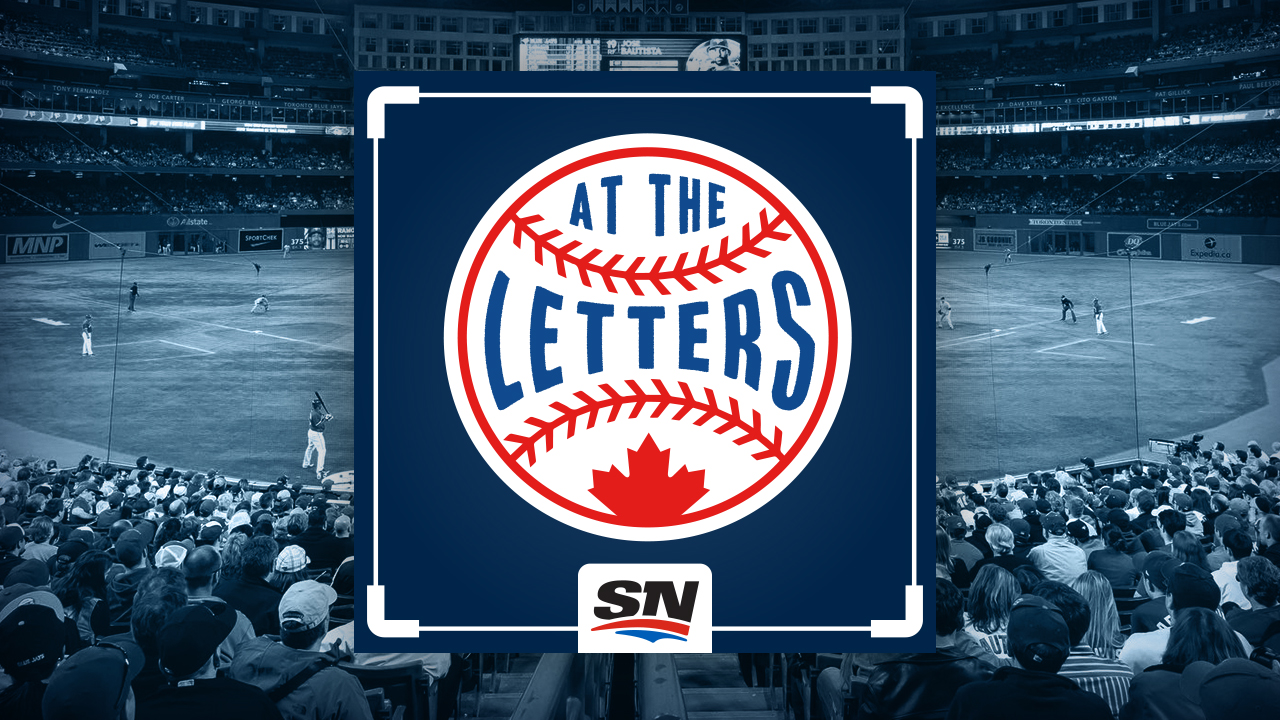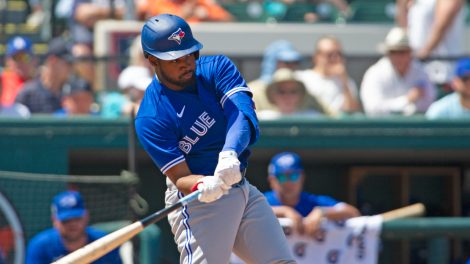THE ASSOCIATED PRESS
SCOTTSDALE, Ariz. — Brandon McCarthy does not wish to be known as that player who got hit in the head.
At least for now, though, it’s an identity he can’t escape. When last seen in a major league baseball game last Sept. 5, the right-hander — then with the Oakland Athletics — was struck in the head by a vicious line drive.
The results were as frightening as it gets for a pitcher — an epidural hemorrhage, brain contusion and skull fracture. At one point, the Athletics called the injuries "life-threatening." Two hours of surgery were required.
Now, cleared to return by the top expert in the field, he has begun spring training with his new team, the Arizona Diamondbacks, where he and the team seem much more concerned about his history of shoulder problems than with the after-effects of that scary day.
Such events would be expected to create a greater appreciation of the chance to play a game for a living, or perhaps even gratitude to just be alive. McCarthy, speaking after Diamondbacks pitchers and catchers worked out for the first time on Tuesday, prefers to downplay the event and its aftermath.
To do otherwise, the 29-year-old right-hander said, gives the injury too much power.
"I don’t know if it’s a non-cliche answer, but my outlook over everything, it just really hasn’t changed because of it," he said. "Doing that just puts more emphasis on what happened and it reflects on it, which isn’t something I’m interested in doing."
He understands the simple truth. Pitchers throw the ball hard and sometimes it comes back real hard right at them. That’s what happened with that line drive off the bat of the Los Angeles Angels’ Erick Aybar.
"It was a one-time event," he said. "It had never happened before. Hopefully, it doesn’t happen again. My purpose now is to just focus on what I can control and then just let the enjoyment of the game come back that way."
McCarthy is a smart guy. He knows that when he next faces a batter, there may be a mental hurdle to clear.
"I have no idea," he said. "We’ll all find out next week. It has to be something, just by the nature of what it was, that there will be a little bit of just getting over. But it’s not something I anticipate. It’s not something I’m planning for. It’s just literally trying to get out there, and we’ll see what happens.
"It’s just something if you sit and reflect on it and make it a bigger issue than it is, then you allow it to control you, and that’s not something I’m trying to do."
Arizona general manager Kevin Towers said that the team did extensive homework before signing McCarthy to a two-year, $15.5 million contract in December.
First of all, the team knew that McCarthy had been treated, and subsequently cleared to pitch again, by Dr. Michael Collins of the University of Pittsburgh, one of the foremost experts on head trauma.
On top of that, Towers said, Diamondbacks managing partner Ken Kendrick "knew one of the top neurologists here in the valley who spent a great deal of time talking, looking at the test results and where he (McCarthy) was at after some of his visits to Pittsburgh."
As a result, Towers said, McCarthy’s head injury issue "was probably the least of our concerns."
The shoulder history was the big one.
Virtually every year, McCarthy said, he has been sent to the disabled list with a stress fracture in his right shoulder. It takes five weeks for him to come back.
It’s a rare injury, he said, except for him.
"I’ve got almost all of them in baseball history," he said. "It’s just become my injury. There’s something in that area that we can’t figure out the exact reasoning for it."
He’s hoping that proactive treatment from a new training staff will get him through a year unscathed. The injury hits almost to the day every season, no matter what changes he makes mechanically, in training or anything else.
Perhaps the injury should bear his name, a la Tommy John.
"Yeah, maybe the ‘Mack Crack," he said.
Then he thought better of it.
"I’m more famous for getting hit in the head already," he said.
Having a shoulder injury named after him, too, would be too much.
He knows it scared more teams away from him than the head injury did.
"We got cleared by Dr. Collins and you really can’t’ get much more of an all-clear than that," McCarthy said. "I know the shoulder one, for a lot of teams, that was a bigger concern. When you’re looking at it, you get a medical file and it takes two CDs, I think that’s scary for some training staffs."
The definition of scary was seeing McCarthy felled by that line drive.
The ball hit him in the right side of his head. Eventually, he was able to walk off the field. But it wasn’t long before he found himself hospitalized and in very bad shape.
It all came full circle one day not that many weeks ago when his concussion symptoms finally vanished.
"The very first day I was cleared in the off-season was actually the day that I felt back normal," he said. "That was a day that was a legitimate relief, because when you’re going through a concussion you feel like ‘Is this ever going to go away?"’
The symptoms "affect you in a lot of different areas, and then it was sort of like one day my brain said, ‘No, we’re good now.’ And then from that day on, I feel like I’ve just completely been my old self. Nothing’s different. I don’t reflect on anything. Once that lifted, I was good to go."








